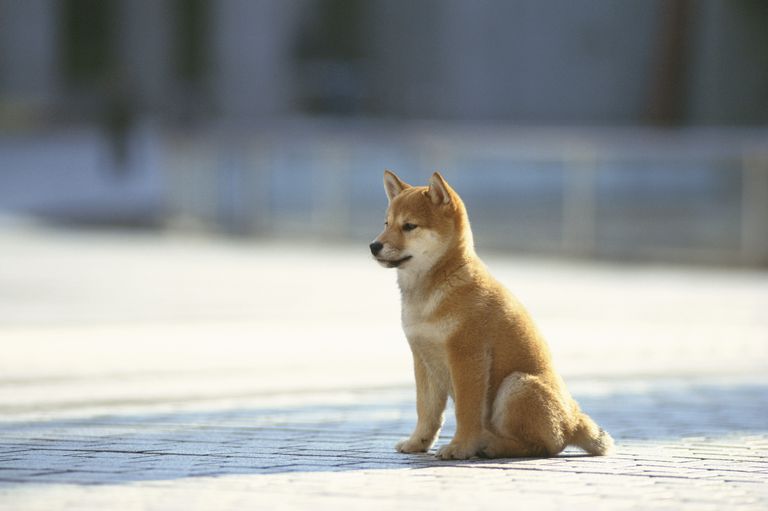
Japanese Shiba Inu Breed (Information, Facts, Characteristics)
The Japanese Shiba Inu is a very primitive breed. Shiba-like remains have been found dating back to the Jomon Period 6000 years ago.
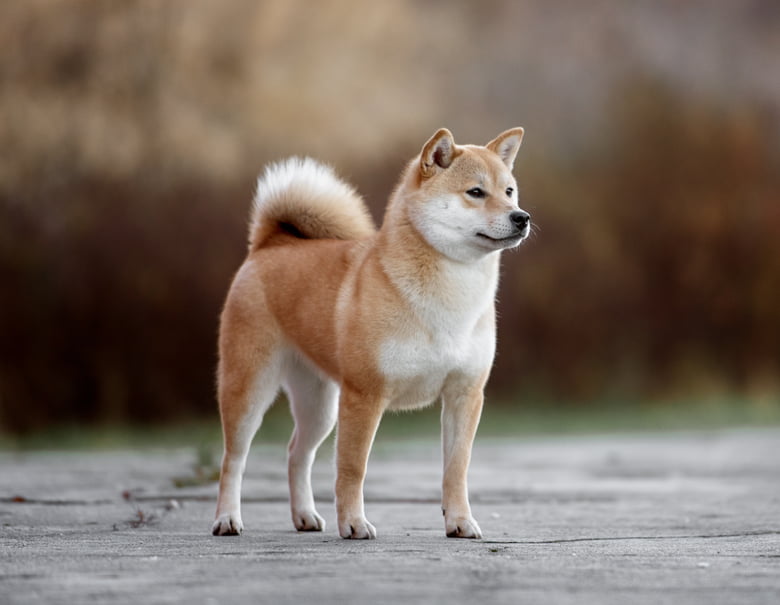
History of Japanese Shiba Inu
They are the smallest of the six native Japanese breeds and are classed as a National Treasure. The largest is the Akita and the medium breeds are the Kishu, Shikoku, Kai & Hokkaido.
Today’s’ Japanese Shiba Inu has been bred by a careful mixing of many strains of small Japanese dogs. All Shibas originate from the mountainous regions of Japan and are used mainly for hunting birds and small game but can be sent in as a pack after bear and boar.
Three ancient breeds were combined to make the Japanese Shiba Inu. The San’in Shiba that was prevalent in the Shimane and Tottori prefectures, the Mino Shiba from the Gifu prefecture and the Shinshu Shiba from the Nagano prefecture. The combination of size and color from these dogs resulted in our present-day Shiba that measures 15 ½” dogs and 14 ½” bitches with a ¾” allowance either way.
They come in clear red, sesame (red with a black overlay); white with red tips to the ears and black and tan that is black, tan & white. They have a white underside known as the reverse dog. These white markings on the cheeks, belly, and underside of the tail are known as the Uragiro markings.
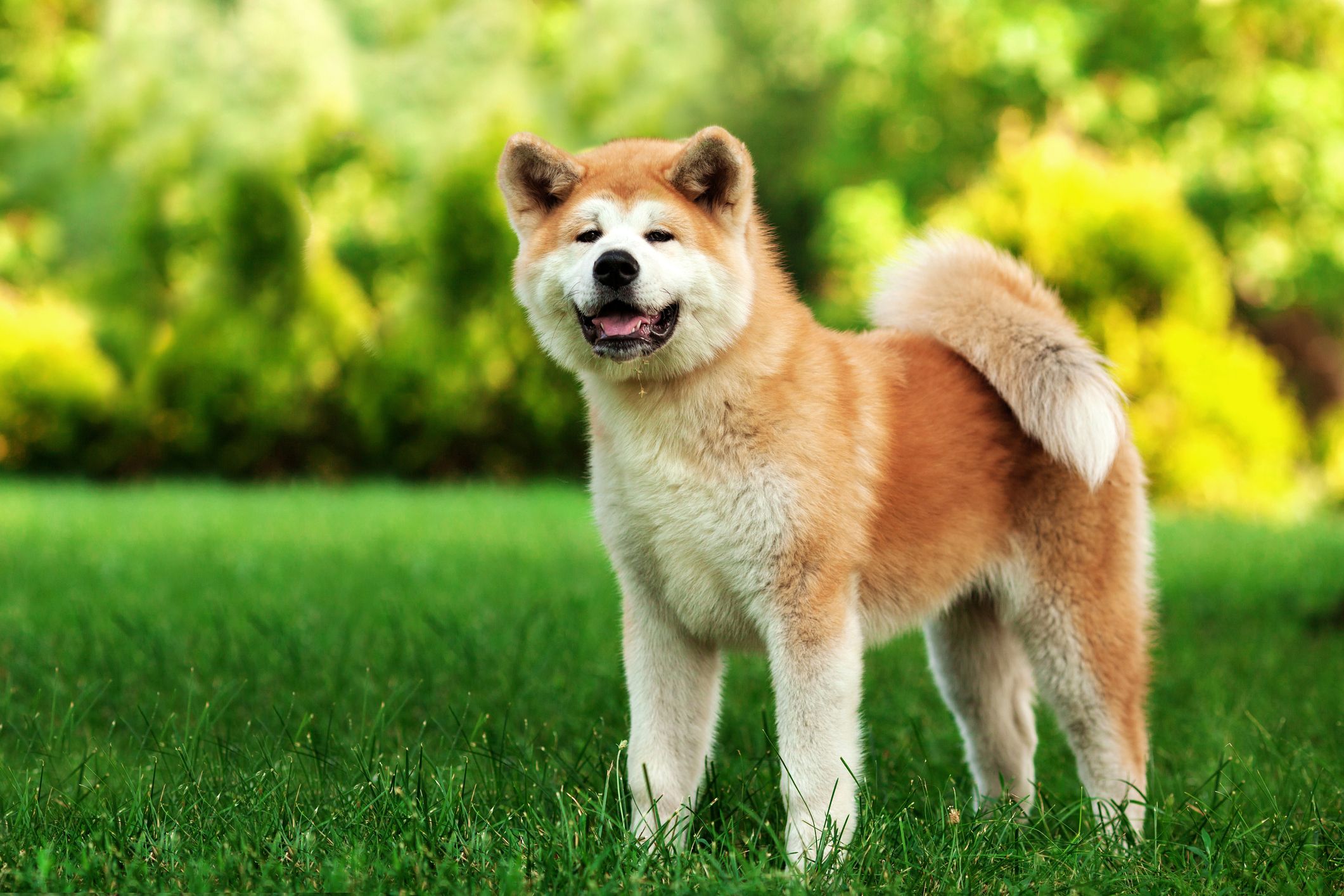
Characteristics
They make excellent family pets but do not tolerate being treated like toys. As it is a primitive breed its first thought is fight or flight. It is not aggressive but if cornered will stand up for itself. Shibas will do anything for you but please keep training sessions short. They have a very short span of concentration and if you persist is doing the same thing over and over again they will turn it into a game that only they can win! They can do anything.
They do have disadvantages. The main one is molting. You will have to give up wearing black. The bitches normally molt twice a year and the males once. It is hard to credit how much fur can come out of a small dog. The undercoat is soft and very fine and floats everywhere.
The other is the Shiba scream. It is a sound that makes your blood run cold. It usually makes itself know when a young Shiba is being made to do something (like lead training) that it doesn’t want to do. Neighbors will come out to see who is killing your dog!
The Shiba makes an excellent guard dog. It is very quiet and only barks if there is a good reason, so if your Shiba barks – go and see why!
Health
They are a very healthy breed.
Patella luxation has occurred in some Shibas and there have also been a few cases of glaucoma but these are few and far between.
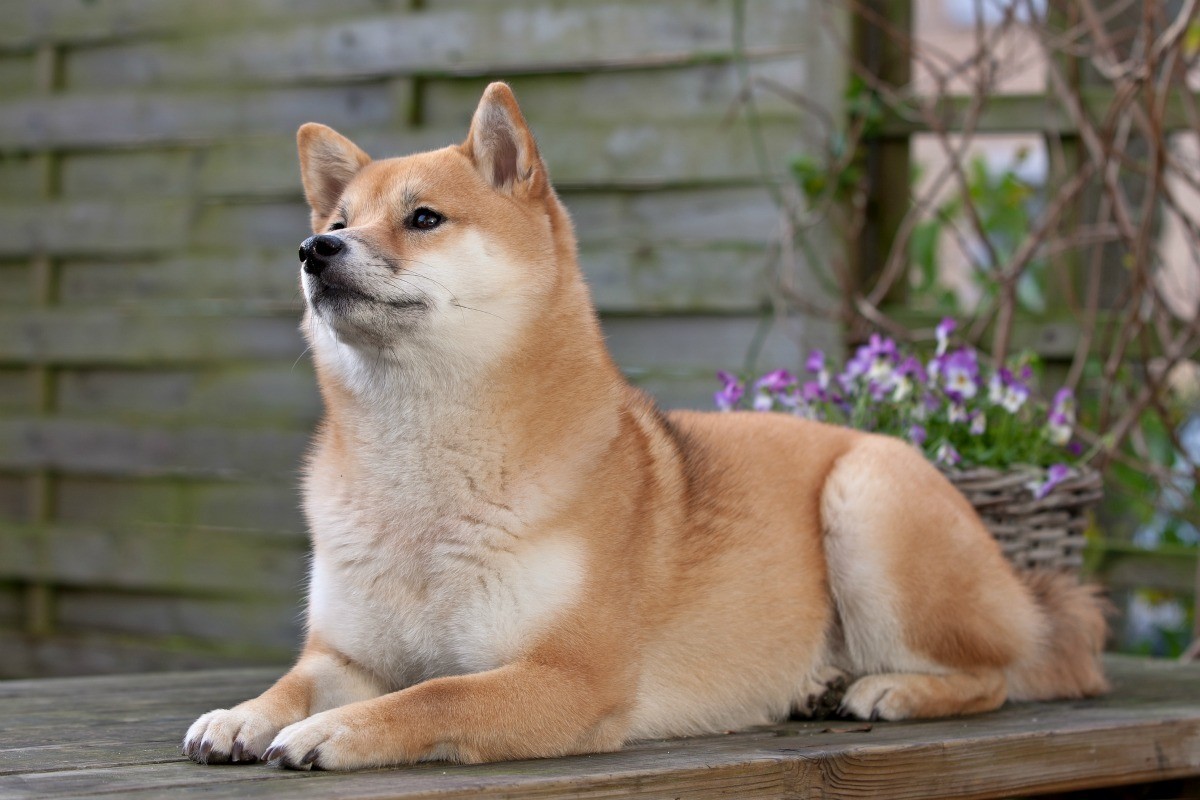
They have quite small litters, normally between one and four. There have been larger litters but these are the exception. It is a good idea to visit as many Japanese Shiba Inu litters as you can. Don’t just buy the first cute pup you see and certainly avoid any pup that appears nervous. They need a lot of socializing.
It is imperative to take them out as young as possible and introduce them to other dogs, cats and household goods like hoovers and washing machines. If the Japanese Shiba Inu has been born in a kennel introduce them very carefully to new sights and sounds.
They have a long life span usually between 15 and 17 years.
The Japanese Shiba Inu is a very primitive breed. Shiba-like remains have been found dating back to the Jomon Period 6000 years ago.
They are the smallest of the six native Japanese breeds and are classed as a National Treasure. The largest is the Akita and the medium breeds are the Kishu, Shikoku, Kai & Hokkaido.
Today’s’ Shiba has been bred by a careful mixing of many strains of small Japanese dogs. All Shibas originate from the mountainous regions of Japan and are used mainly for hunting birds and small game but can be sent in as a pack after bear and boar.
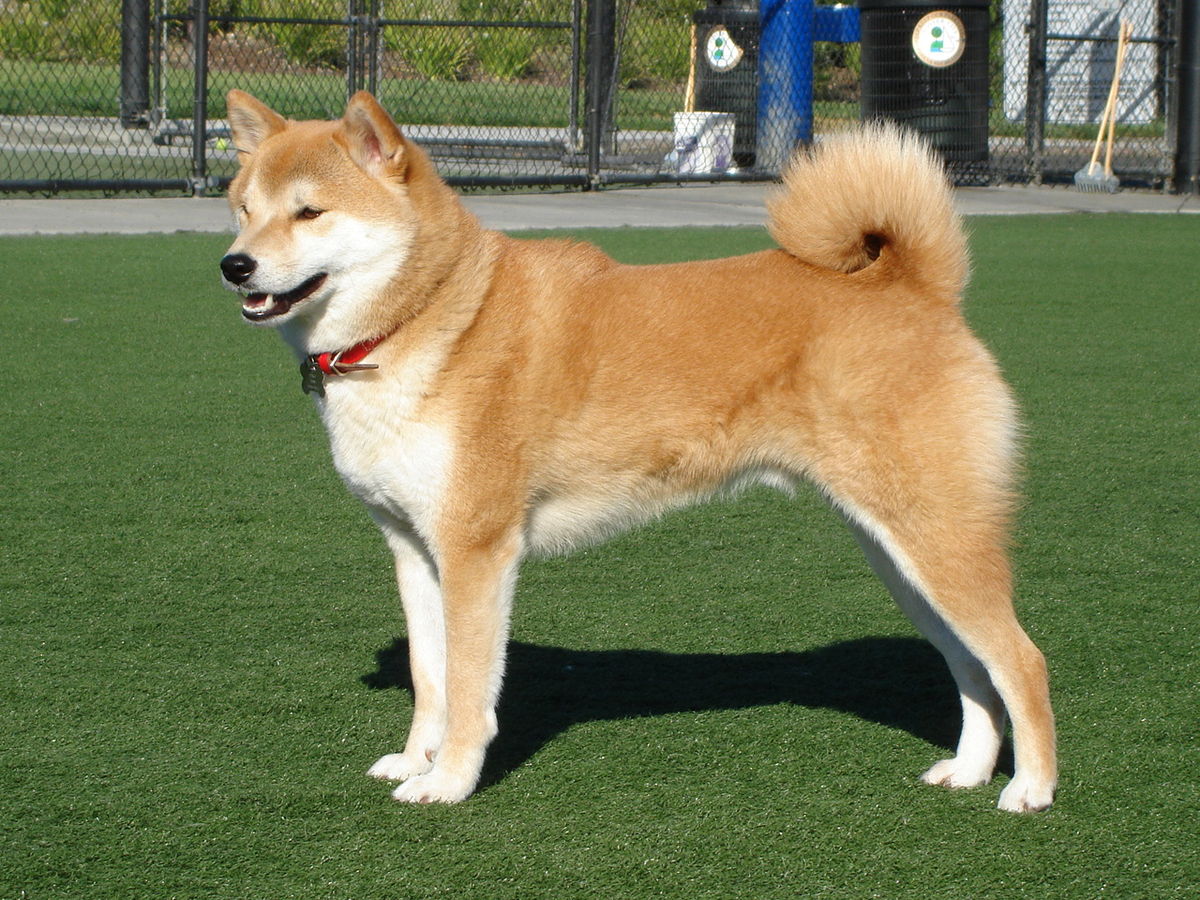
Three ancient breeds were combined to make the Japanese Shiba Inu. The San’in Shiba that was prevalent in the Shimane and Tottori prefectures, the Mino Shiba from the Gifu prefecture and the Shinshu Shiba from the Nagano prefecture. The combination of size and color from these dogs resulted in our present-day Japanese Shiba Inu that measures 15 ½” dogs and 14 ½” bitches with a ¾” allowance either way.
They come in clear red, sesame (red with a black overlay); white with red tips to the ears and black and tan that is black, tan & white. They have a white underside known as the reverse dog. These white markings on the cheeks, belly, and underside of the tail are known as the Uragiro markings.
